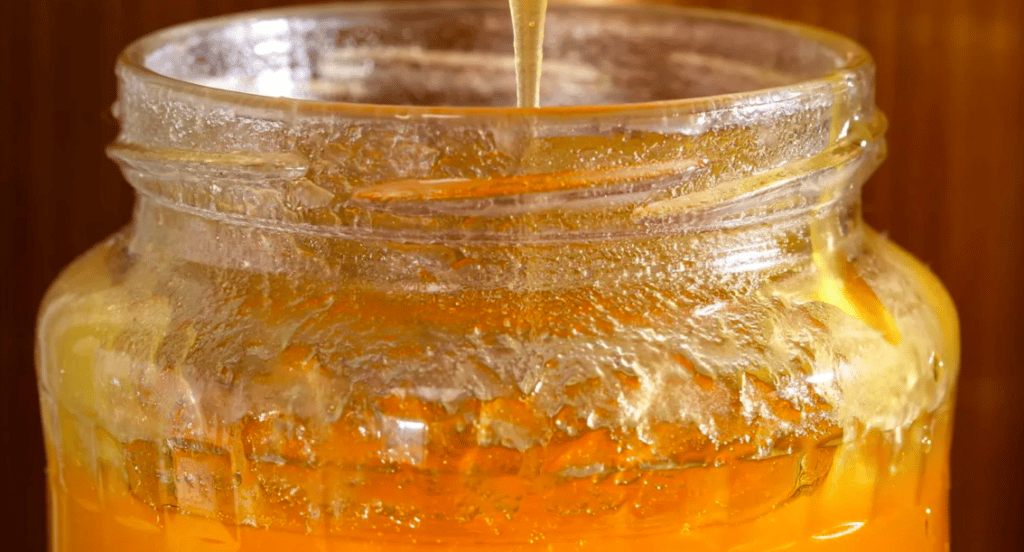We generally tend to think that appearance is closely related to the quality of a product. In the case of honey, however, a bad appearance is not to be considered as a sign of poor quality.
Instead, the opposite may be true: a honey that always looks the same, has the same color, same texture and same taste may hide refining processes that have altered its origin and natural health properties.
Crystallization is a natural process of honey transformation that occurs more or less quickly depending on the ratio of the two main sugars that compose it: fructose and glucose. The higher the percentage of fructose in honey, the more slowly crystallization occurs.
Other factors that affect crystallization are:
1) The storage temperature: the maximum rate of crystallization is identified at 14°C ;
2) The percentage of water content in honey: the higher the water content the lower the tendency of honey to crystallize ;
3) The presence of solid particles ;
4) The agitation
So, what are the white spots (also called shrinkage spots) that can be found in a jar of honey? They are nothing more than a purely cosmetic defect that occurs as a result of the natural crystallization of honey. This process can occur mainly for two reasons:
1) Evaporation of the water naturally contained in honey ;
2) Presence of air pockets between the glass jar and the honey due to the contraction that the latter undergoes when it crystallizes, that is when the glucose crystals solidify in contact with air (hence shrinkage spots).
It is important to note, however, that the stains described above in no way detract from the quality of the product, but rather highlight its quality and naturalness.
